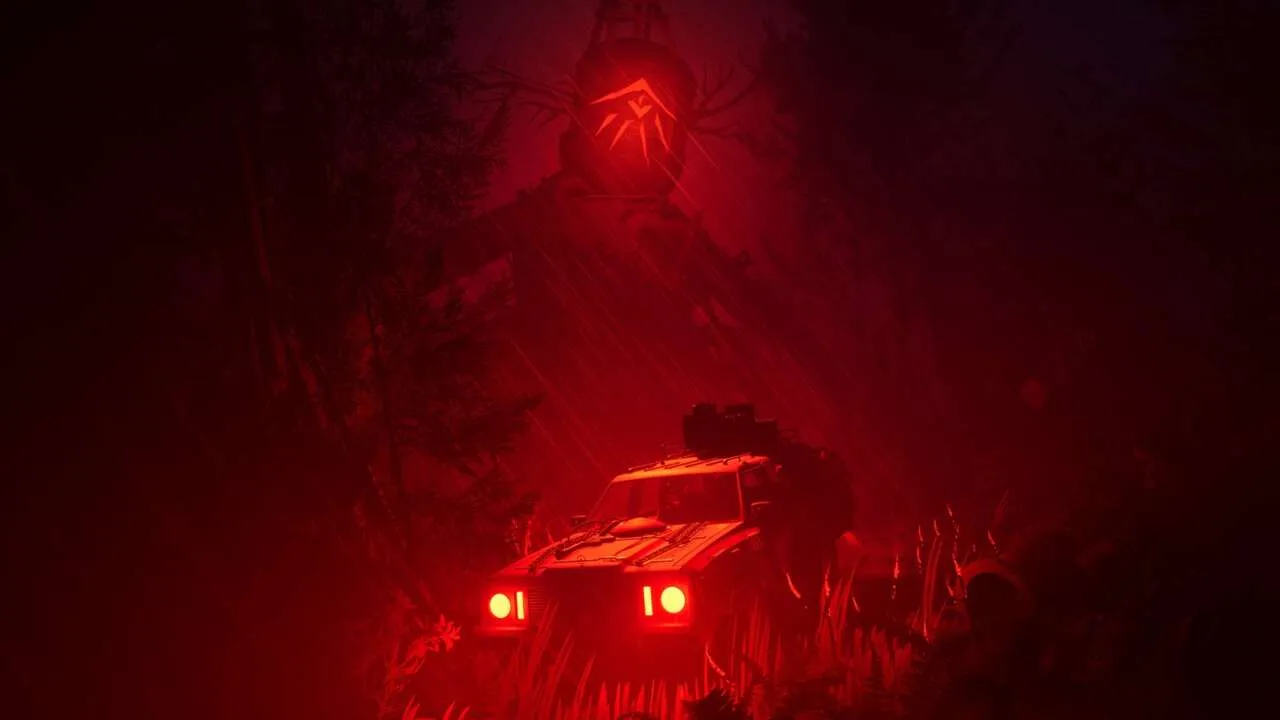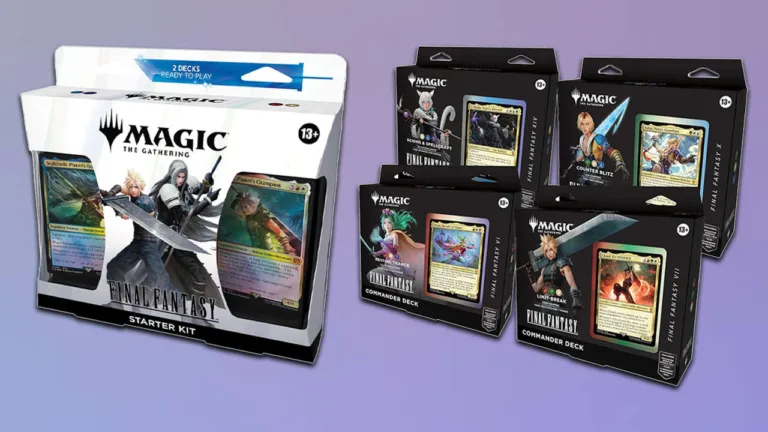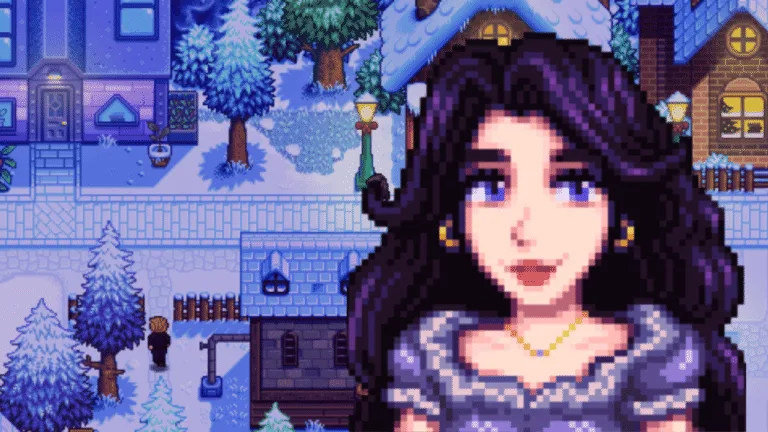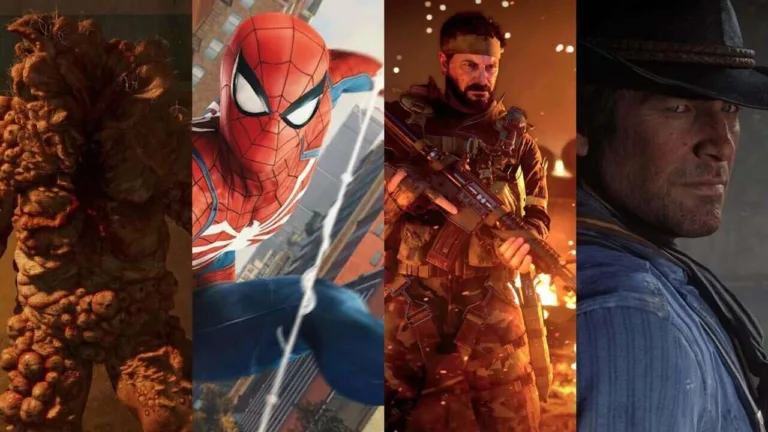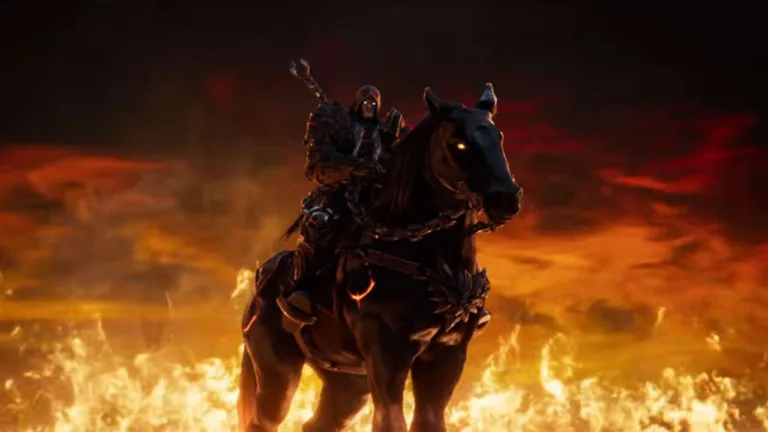One Of 2024’s Best Games Is Getting A Huge Horror Expansion
My personal pick for 2024 Game of the Year was Pacific Drive, a game that is hard to describe briefly. It’s a game in which you upgrade and repair a station wagon that you drive through a very strange stretch of forest roads in the Pacific Northwest, known in the game as the Olympic Exclusion Zone. It’s a game that, at different times, gave me feelings of Stalker, The X-Files, and Remedy’s Control, with SCP-like weirdnesses lurking on the roads or in the woods. It wasn’t exactly a horror game before, but thanks to its upcoming expansion, Whispers in the Woods, it will be one soon.
Whispers in the Woods is Pacific Drive’s upcoming 8- to 12-hour expansion that gives it a haunting overhaul. It’s the game’s first “true expansion,” Ironwood Studios founder and creative director Cassandra Dracott told me, following a number of patches and content updates since the game debuted in February 2024. It’ll be playable from within the base game and focuses on a group of “fanatics” who are obsessed with the game’s many anomalies.
Back when I reviewed the game, it definitely creeped me out, so I’ve always felt like it was a horror game, but I learned that wasn’t everyone’s experience.
“[Pacific Drive] is a story about you and your car, and for some people, driving around in the woods is a very scary experience. But we didn’t do a lot to intentionally build on that horror. We just wanted to build on the atmosphere,” Dracott said. But the team at Ironwood was influenced by “how scary the game was for some people,” leading to them taking this expansion much farther down that path. “And it felt very natural as well. Like, we built a very atmospheric experience […] Our game is built on the familiar, right? We have this car. It is your car. You have your garage. It’s your space, right? And it’s very easy to start to question the safety of, like, ‘How alone are you right now?'”
Dracott explained how the expansion adds a gameplay element called Artifacts, which are “mysterious objects that are left behind by this enigmatic group” that build on top of each other to create new experiences with each trip outside of the warm light of your garage.
“So it could be something like when you jump, your car horn honks, and we tell you what it is right away. But then you may get another one later that says when the car horn honks, your car takes damage, and they’re important for the progression of the expansion, so they play a critical role in how you’re making your way through the new areas of the DLC. But holding too many of them causes bad things to happen, and can draw the attraction of some less-than-positive things out in the Zone. And so we want to present players with this choice of, ‘Which artifact do I take? Which one interacts with the ones that I already have? Is this too many? Do I want to push my luck?'”

The thing about the original game’s anomalies is that they could be harmful and disruptive, but they were more or less naturally occurring elements of the game’s weird woods. I wondered if, in the expansion, those types of encounters are being altered to reflect something more like a traditional horror game, such as chase sequences or true “enemies,” rather than anomalies that may spell doom, but did so without malice or intention.
“From a high level, we aren’t changing up the structure of how we deliver narrative. So, you know, we are introducing new voiced characters into the game, but they are voices, right? Like that is the primary way that we communicate. We’re not reinventing the wheel there–pardon the car pun. But, but there is something out there, and what that is and how alone you really are, I think that’s something to leave to the players when they get a chance to check it out. But yeah, I think you’re picking up on the right questions.”
Given that some players played Pacific Drive like me–already a bit creeped out–Dracott explained how the team sought to lean into a new-ish genre without abandoning the core gameplay “verbs” of Pacific Drive.
“I’ve always been fascinated with any horror that takes something that is comfortable and shifts it,” Dracott said. “Comfort is the thing you want to mess with when you start to introduce these elements that can make you nervous, make you afraid, make you not expect the thing that may happen. But at the same time, we do want to change up some of the systems, because we want the players to engage with the game slightly differently, but we’re pretty careful about that.”
Dracott said a new anomaly called Harvestmen is a good example of how Whispers in the Woods will walk that line between tweaking older systems and building in new ones.

“[Harvestmen] are part of the resource economy in the expansion, and so you have to go and engage with them,” she said. “There is no other way to get the resources that they are connected to. We really did want to double down and focus on saying, ‘Okay, let’s create some anomalies where the player has to go and engage with them.’ And so in that sense, we did change [the game’s loop]. And that’s a positive change because the car is a story generator. ‘Did I forget to put it in park? Is it rolling down the hill?’ But the anomalies are multiplicative on that. So, ‘Is the abductor grabbing my car and pulling it along? Do I have a leech that is making my lights do funny things?’ There are all kinds of different ways [it can go]. So by pushing the player towards anomalies directly, we spice that up. We add more opportunities for those stories.”
Dracott left me to consider who those cloaked figures in the trailer may be, and the broader story implications of driving in the Olympic Exclusion Zone with the sudden emergence of threatening cultists, but I’m happy to make sense of that story myself when the expansion releases later this year. Pacific Drive wasn’t a horror game, at least not definitively. At least not until now.

